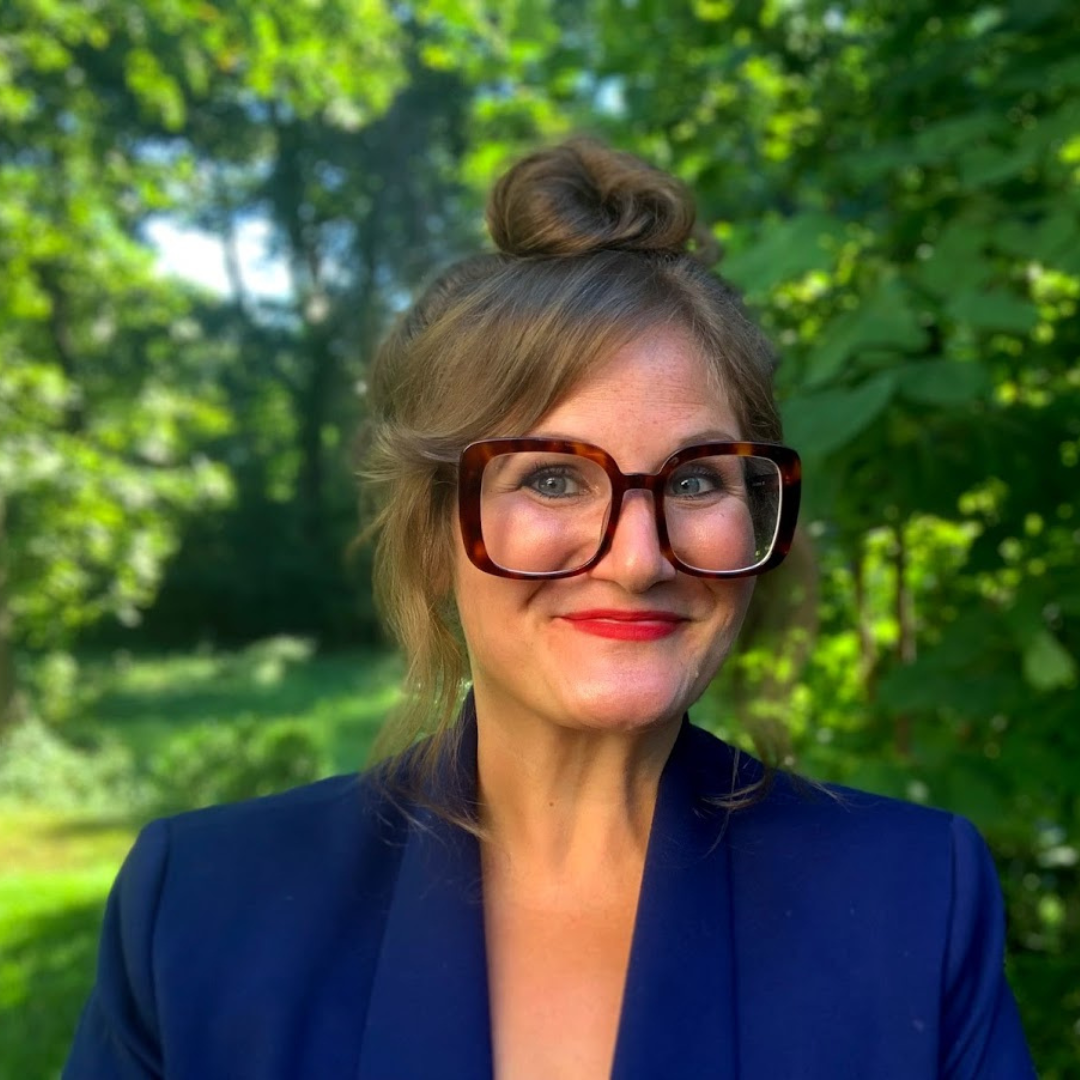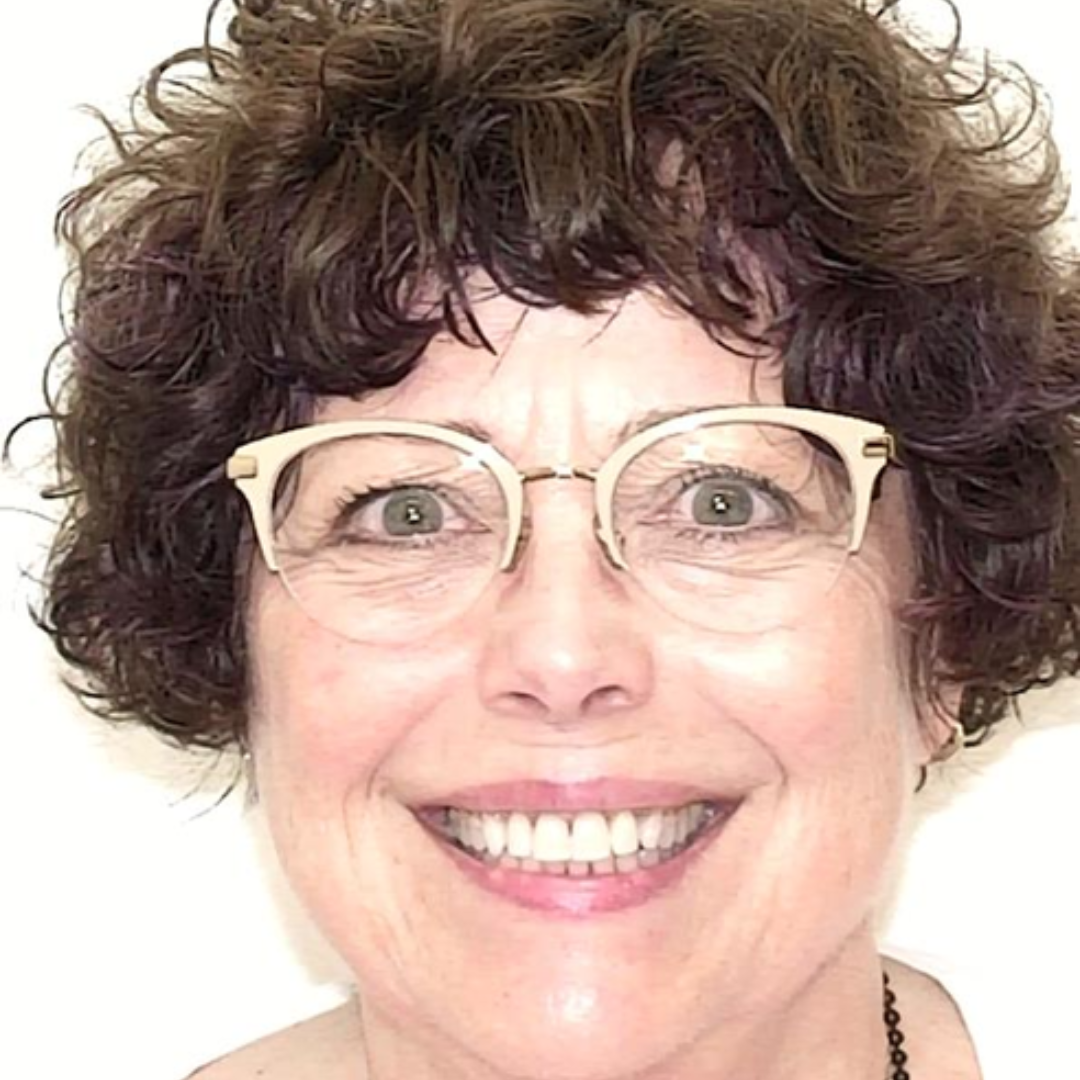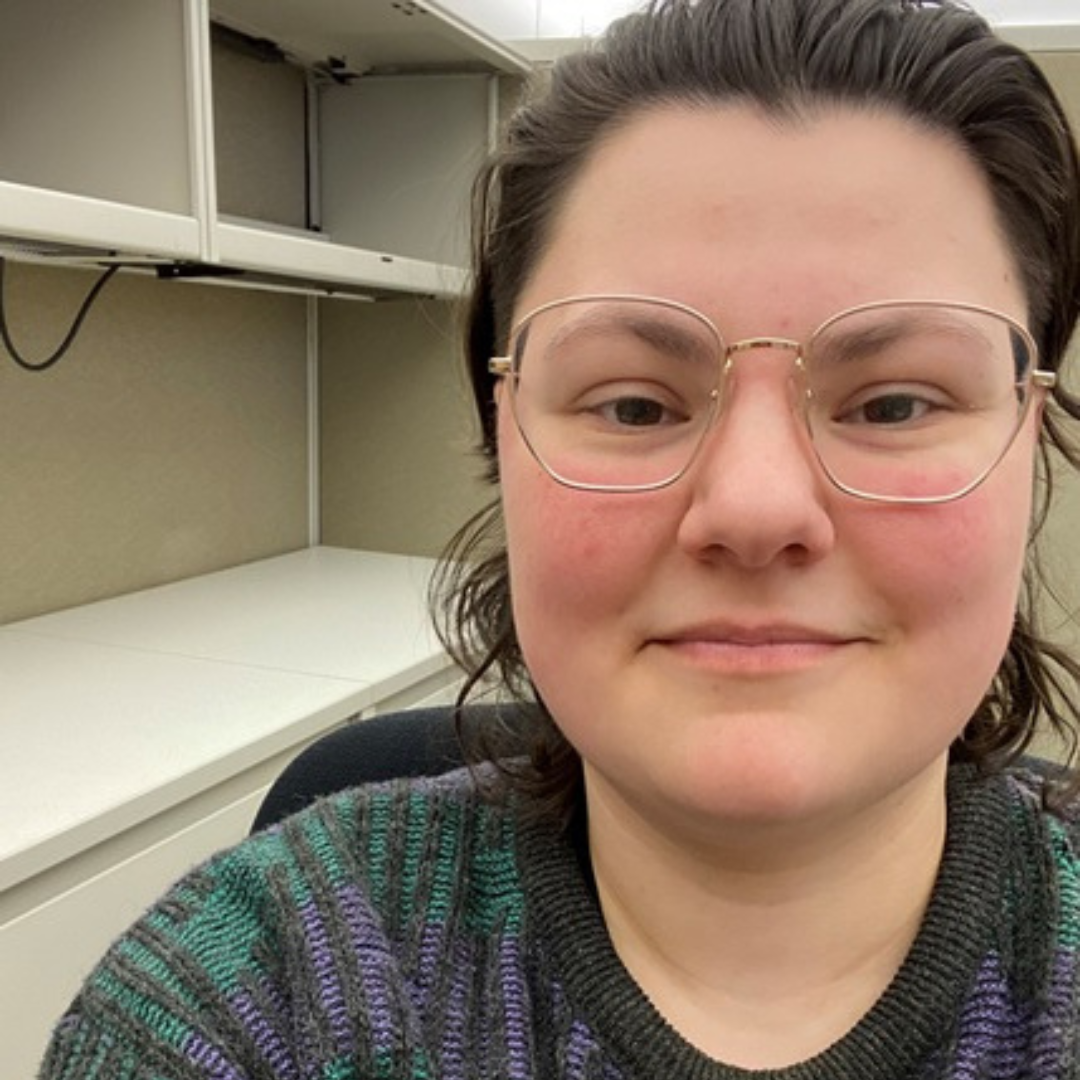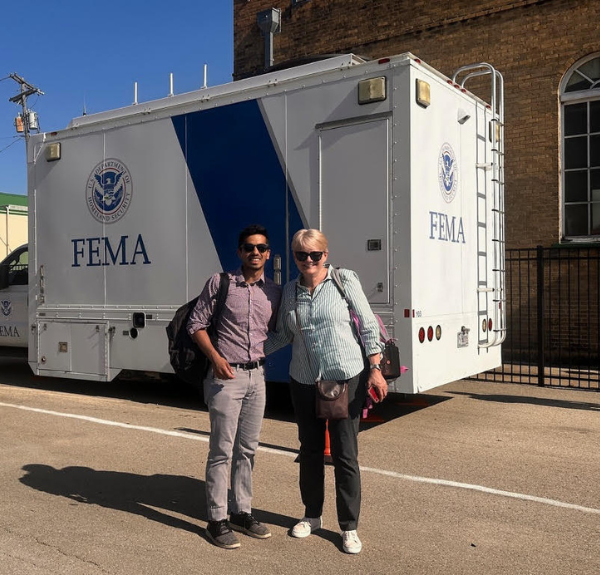The Library of Congress is the largest library in the world and home to more than 178 million books, films, videos, manuscripts, photographs, and audio recordings. Though it is the Library for Congress, it is open to the public and serves over 750,000 onsite visitors and 150 million online visitors a year. Its goal? To preserve, grow, and share its collection with any and all. In an ever-changing and digital world, the Library is committed to connecting with users both online and in person, as outlined in its five-year strategic plan, A Library for All. Performance.gov spoke with four staff members at the Library of Congress about how their roles contribute to achieving these goals.
Expanding Access With the Chief of Rare Book and Special Collections Division

The Rare Book and Special Collections Division houses the largest collection of rare books in North America. As the Division Chief, Stephanie Stillo is responsible for the development, interpretation, and promotion of the division. This includes items ranging from papyrus fragments to contemporary artist books. Her role uniquely focuses on preserving materials while also promoting their accessibility. In alignment with the Library’s digital accessibility goals, the Rare Book division digitizes many resources to both share and preserve the material.
“We prioritize digitization of our most vulnerable collections and ensure that if there is something that can’t be served in a physical form that there is a digital surrogate for users to access,” Stillo shares.
However, where possible, the Library encourages users to access their materials in person. For example, Stephanie and her team showcase items at Library events. In May, the Library hosted a Fantasy Book Night as part of their Live! At the Library series. The Rare Book division brought dragon-themed materials from the 16th to 20th centuries, including a first edition of The Hobbit by J. R. R. Tolkien.
If you can’t attend these events in person, check out the Bibliomania blog to explore these resources online.
Enhancing Services With a Volunteer Turned Museum Specialist

If you visit the Library of Congress and see someone wearing a vest that says, “Ask me a question!”, then you may be speaking with Museum Specialist, Carla Gould-Orellana. After her first visit as an adult, Carla knew she had to return. She started as a volunteer for the Library before eventually applying for a staff position. As a Museum Specialist, Carla plays a direct role in the visitor experience by bridging the gap between over 100 part-time volunteers and full-time staff, ensuring volunteers have the latest information for visitors.
Carla shares with us a few of her favorite resources at the Library of Congress, including the Young Readers Center and the numerous resources for blind and visually impaired visitors, all designed to engage different communities.
“The Young Readers Center has kits that encourage young readers to access the Library’s collection and model for them how to be researchers. It’s so enriching and emphasizes the future of the Library. We also have numerous resources for blind and low vision visitors that allow them to experience the library through audio narratives and touch history,” Goud-Orellana explains.
These resources are just a few of the many that enhance the visitor experience and that Carla and her colleagues are excited to share with visitors. Next time you visit the Library, make sure you say hello to Carla!
Strengthening Capacity With a National Library Service (NLS) Business Specialist

Central to the Library’s goals is their continued investment in their staff and operations. That’s where Justine Walp, a Business Specialist for the National Library Service (NLS), comes in. NLS is a free braille and talking book library service for individuals with temporary or permanent visual disabilities.
As a Business Specialist, Justine is directly involved in NLS projects that expand access to the Library’s materials for users with visual disabilities, such as XPRESS and Duplication on Demand Projects. They communicate with NLS network libraries to gather feedback on their products and services with surveys, enhancement requests, and listening sessions to improve the user experience. Justine tells us about recent listening sessions with network libraries to discuss a potential transition in their process for users to request audio recordings.
“We’re still in a discovery phase, but I think one of the great things about NLS is we take the time to explore all the different possible solutions and we do that through the direct feedback we heard in those sessions,” Walp states.
On the horizon for Justine is improving the application process for NLS services. Currently, it is a paper-based form filled out by users with the help of a caregiver, provider, or friend. Once filled out, a certifier (usually a medical provider, teacher, or state services) confirms the applicant has a qualifying diagnosis and the patron then mails the form to the Library. Justine and their team are exploring a digital solution for users to request services electronically. This will reduce the burden on both the user, the network libraries, and NLS when reviewing applications.
Fostering Innovation With the Digital Accessibility Architect
As a Digital Accessibility Architect, Willa Armstrong weaves innovation into all aspects of her role to help scale and support digital accessibility at the Library of Congress. This includes everything from designing training and documentation for social media publishing to researching specific design challenges. Willa is currently focusing on scaling up user research to gather data from audiences with disabilities. Willa co-chairs a long-term initiative to refine the Library’s understanding of image text descriptions. These image text descriptions are essential for users who are blind or have low-vision and for speech-to-voice navigation.
“There are a lot of recommendations around image text description, but there’s more to explore. Our professional understanding can deepen, especially in the cultural heritage space. We’ve conducted user research to refine and validate our understanding of existing practices and explore new technologies, such as machine learning models. We always center the question, ‘How can technology help us?’ rather than letting technology drive our approach,” Armstrong explains.
Willa applies this mindset to many other projects, including ones with the U.S. Copyright Office and NLS. Staff across the Library are encouraged to bring an innovative approach to their day-to-day work.
Putting Users First
Performance.gov often showcases agency strategy and performance success stories. The Library of Congress, as an agency under the legislative branch, has embraced goal-setting and strategic planning as a best practice.
The Library’s goals could not be accomplished without the efforts of the Library’s staff, including Stephanie, Carla, Justine, and Willa. If you’re interested in learning more about the Library of Congress and their strategic plan, you can head to their website for more information.
Stay Informed
Follow along with Performance.gov on LinkedIn and Twitter (X) as we highlight different agencies and their goals. Subscribe to our newsletter to receive updates straight to your inbox.




